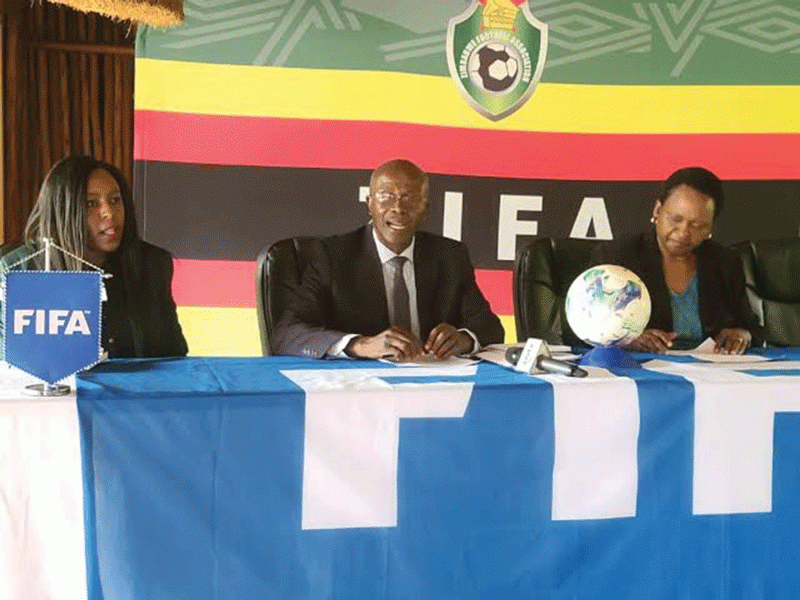
Inflation, once the country’s number one enemy, is rearing its ugly head again.
Month-on-month inflation raced to 5,8% in September from 1,4% in the previous month on rising prices following the depreciation of the local unit.
This represents the biggest jump since the introduction of the new currency Zimbabwe Gold (ZiG) in April which authorities say is backed by gold and forex reserves.
Since ZimStat began calculating inflation in the ZiG era in May, month-on-month inflation has been below 1,5% before the jump in September.
It was -2,4% in May, 0% in June, -0,1% in July and 1,4% in August.
It is expected to rise further this month after the central bank buckled under pressure and devalued the ZiG on Friday.
In the absence of annual inflation figures, which statistical agency ZimStat will begin calculating next year, business has been relying on data released by independent economists such as Steve Hanke who has estimated annual inflation at over 800%.
Authorities are quick to dismiss Hanke's projections. However, the projections are a warning to be on the look out for inflation.
- Awards target married couples
- Awards target married couples
- Sibanda living his writing dream
- Pomona deal under spotlight as experts meet
Keep Reading
High inflation is bad for the economy. In the past, hyperinflation decimated savings and rendered the local currency worthless. It gave rise to dollarisation.
Attempts to introduce a stable local currency have not been successful since the country dumped the local unit in 2009, although Cabinet has approved a de-dollarisation roadmap.
The rise in monthly inflation must jolt authorities into action as it has a bearing on the use of the ZiG and the de-dollarisation plan.
Monetary authorities last week introduced a raft of measures “to ensure that inflation expectations remain well anchored as well as dissipate current inflationary pressures”
The measures include a hike in the bank policy rate to 35% from 20% to curb speculative borrowing which fuel parallel market activities. Statutory reserves were increased and standardised at 30% for demand and call deposits for both local and foreign currencies.
The statutory reserve requirements for savings and time deposits for both local and foreign currencies were increased to 15% from 5%.
This is a familiar path the economy has travelled before.
The past months showed what happens when the local currency is under stress and the devaluation should be followed by a commitment by the central bank to dumping the command exchange rate policy which has a bearing on the fate of the local currency.
The bank’s Monetary Policy Committee said it would “allow greater exchange rate flexibility, in line with the increased demand for foreign currency in the economy”.
Monetary authorities must adopt a tight monetary policy stance and fiscal authorities should cut the coat according to the size of the cloth. Recent events have shown that fiscal authorities have a propensity to spend recklessly.
Last month, Finance minister Mthuli Ncube told Parliament that government blew millions that had not been budgeted for as it pampered chiefs with new cars, a development which left the parent ministry in the red. Such spending increases money supply putting pressure on the ZiG and inflation.
That era of quintillions in bank accounts will not be a remote possibility if authorities continue with this recklessness.
The de-dollarisation plan appears dead in the water. Inflation has shown that it go haywire if fundamentals are weak.
The September inflation figures should serve as a wake-up call for authorities that the number one enemy is lurking in the woods ready to pounce. The consequences will be dire as the monster is as violent as a mugger, as frightening as an armed robber and as deadly as a hitman, according to American statesman Ronald Reagan.











